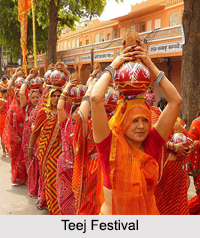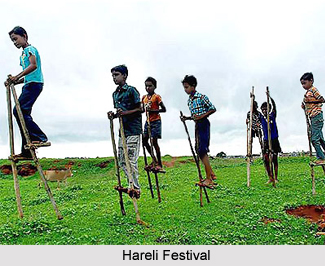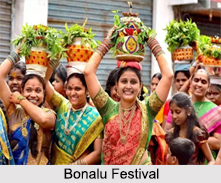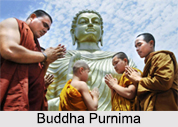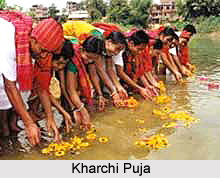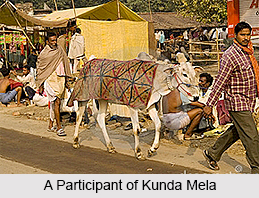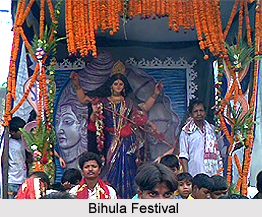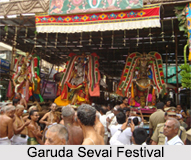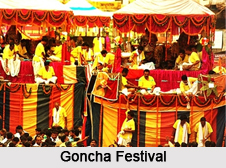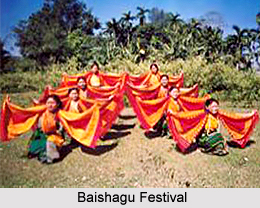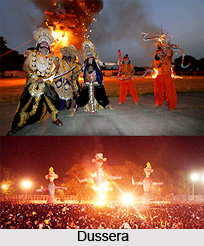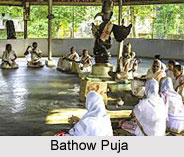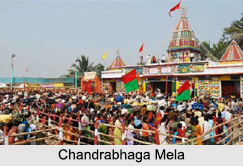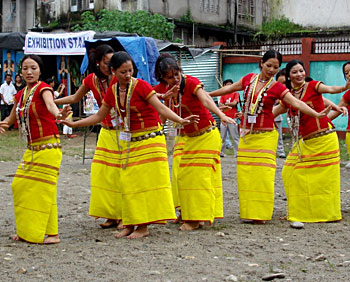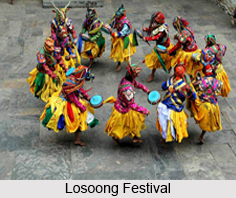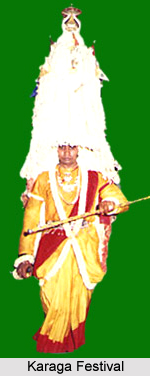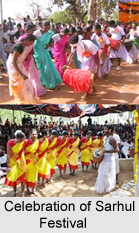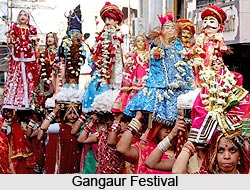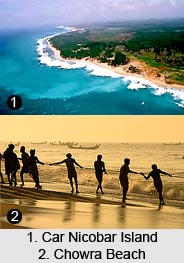 Chowra Pilgrimage is one of the most important ceremonial occasions for the people of Car Nicobar. It is their annual trip to Chowra. Every year in the fair season, i.e., from December to April, the people of Car Nicobar go to Chowra to bring canoes and earthen pots in exchange of rice, cloth, knives, tobacco, pigs, yams and other fruits. The exchange of articles is made less in the spirit of calculated business transactions and more as presents from each side in accordance with the traditional ties between the two islands. Further, despite the change of religion, people of Car Nicobar still regard the people of Chowra as sort of priests who, though superior in spiritual matters, are materially quite badly off and therefore deserve to be given something.
Chowra Pilgrimage is one of the most important ceremonial occasions for the people of Car Nicobar. It is their annual trip to Chowra. Every year in the fair season, i.e., from December to April, the people of Car Nicobar go to Chowra to bring canoes and earthen pots in exchange of rice, cloth, knives, tobacco, pigs, yams and other fruits. The exchange of articles is made less in the spirit of calculated business transactions and more as presents from each side in accordance with the traditional ties between the two islands. Further, despite the change of religion, people of Car Nicobar still regard the people of Chowra as sort of priests who, though superior in spiritual matters, are materially quite badly off and therefore deserve to be given something.
Significance of Chowra Pilgrimage
Such annual trips to Chowra are especially important for young boys from Car Nicobar going to the island for the first time. The attitude of the Car Nicobarese is that all men should go to pay respect to their spiritual masters and wizards of magic in Chowra. Unless a boy has done so, his development is not considered complete. Such boys making their voyage to Chowra bear the distinctive name of `Ramal`. They are taken by their fathers on the trip when they are about 12 years old. They can also make the trip at 21 years.
Preparation for Chowra Pilgrimage
When the time for starting nears, people of the village singe their canoes with torches of palm leaves in order to harden the wood. Usually 3-4 canoes are of a large size and as many as 20 people are in each one of them. The outrigger of the canoe is tested and tied carefully to avoid mishaps. The goods for the exchange are partly purchased from the trading shops in the island and partly are produced in the island. These goods as well as sufficient number of green and tender coconuts are used to quench the thirst of the travellers. Food is stored in the canoes. The distance of 40 miles between Car Nicobar and Chowra is sometimes completed in 15-24 hours when the wind and sea are favourable. Otherwise it takes three days to reach.
Religious Practices at Chowra
On reaching Chowra, the people of the island come to meet them. The young boys coming for the first time are received with ceremony and eggs are broken on their heads and rubbed on the body. A fowl is also sacrificed. Usually, they stay for 2-3 nights. However, bad weather can extend this stay. The guests are treated with `Quilloi`. This is a dish prepared from grated ripe bananas, coconut and yams.
Religious Practices at Car Nicobar
When they reach back, the Car Nicobar receptions await them. People who have just returned from Chowra are not supposed to go back to their houses for two to three days. During this time, they remain in their community house known as `Elapnam` on the beach. This is probably done to free them from all the unholy influence of Chowra which is believed to be a land of magicians. When the staying period in the community houses comes to a close, canoe races are held. In these races, the `Ramals` play a special part. Those who had gone for the pilgrimage to Chowra now organise feasts for their friends, relatives and other important people in the village community. The feasting continues all throughout the night and as the celebrating community disperses; eggs are again broken on the Ramal`s heads.
